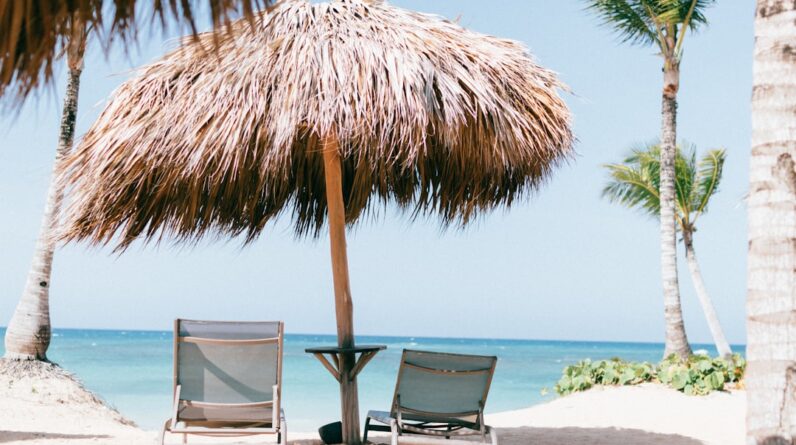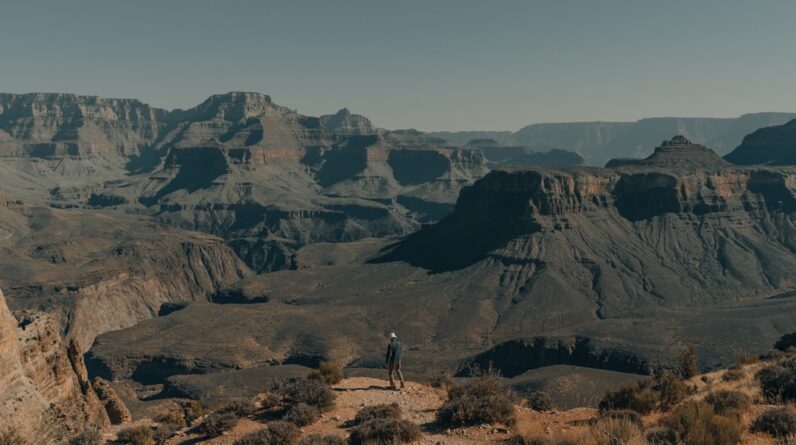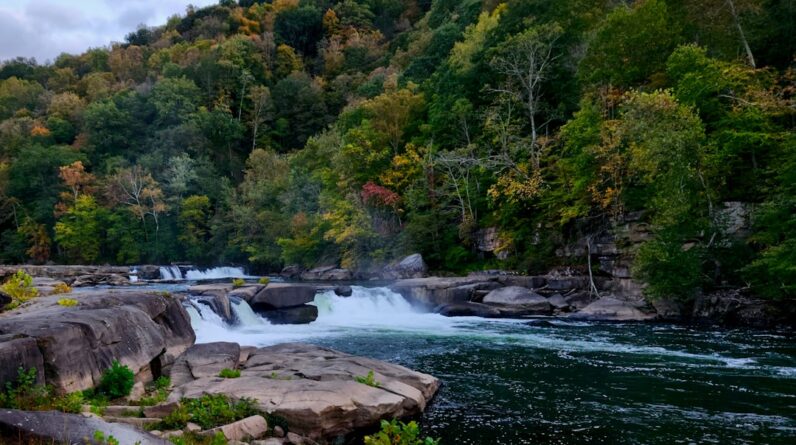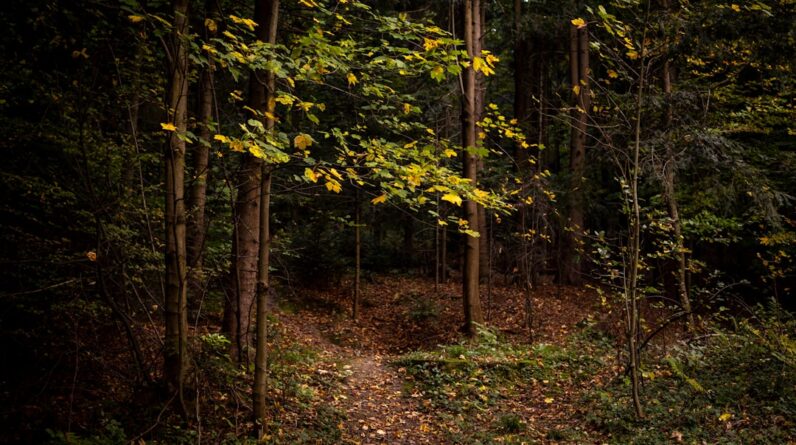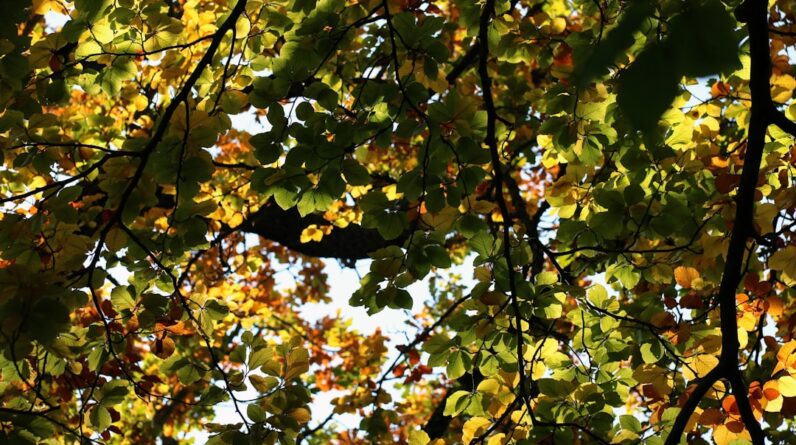Lake Superior Provincial Park is a stunning natural area located in Ontario, Canada. It stretches along the eastern shore of Lake Superior, the largest of the Great Lakes. The park covers an area of approximately 1,550 square kilometers and is known for its rugged coastline, pristine beaches, and ancient forests. Established in 1944, Lake Superior Provincial Park is one of the oldest provincial parks in Ontario and has been a popular destination for outdoor enthusiasts ever since.
Preserving natural spaces like Lake Superior Provincial Park is of utmost importance. These areas provide habitat for a wide variety of plant and animal species, many of which are rare or endangered. They also offer opportunities for recreation and relaxation, allowing people to connect with nature and experience its beauty firsthand. By preserving these natural spaces, we ensure that future generations can enjoy and benefit from them as well.
Key Takeaways
- Lake Superior Provincial Park is a beautiful natural space in Ontario, Canada.
- The park is home to ancient forests with a rich history dating back thousands of years.
- Backpackers should prepare carefully and choose the right gear for a successful trip.
- The park offers several trails for exploring the ancient forests, but visitors should be aware of wildlife encounters and stay safe.
- Camping options are available for those who want to spend more time in the park, and photography is a great way to capture the beauty of the ancient forests.
The history of ancient forests in the area
The boreal forest ecosystem is one of the most important and diverse ecosystems in the world. It spans across northern regions of North America, Europe, and Asia and is characterized by its cold climate and coniferous trees such as spruce, fir, and pine. Lake Superior Provincial Park is home to some of the last remaining ancient forests in this region.
These ancient forests have a rich history that dates back thousands of years. They have been relatively undisturbed by human activity and have evolved naturally over time. The trees in these forests can be hundreds of years old and provide important habitat for a variety of wildlife species. They also play a crucial role in carbon sequestration, helping to mitigate climate change.
Preparing for a backpacking trip in the park
Before embarking on a backpacking trip in Lake Superior Provincial Park, it is important to do some research and preparation. Start by familiarizing yourself with the park’s trails and regulations. The park’s website is a great resource for this information, as it provides detailed trail maps, descriptions, and any restrictions or closures.
Once you have a good understanding of the park’s trails, you can start planning your route and itinerary. Consider factors such as distance, difficulty level, and points of interest along the way. It is also important to take into account your own fitness level and experience with backpacking. Be realistic about what you can handle and don’t push yourself too hard.
Obtaining necessary permits and reservations is another important step in preparing for a backpacking trip in Lake Superior Provincial Park. Some trails require permits, especially if you plan on camping overnight. Make sure to check the park’s website for information on how to obtain these permits and any associated fees. It is also a good idea to make reservations for campsites in advance, especially during peak season.
Choosing the right gear for a successful trip
Having the right gear is essential for a successful backpacking trip in the wilderness. Start with the basics such as a sturdy backpack, a tent, a sleeping bag, and a sleeping pad. These items will provide you with shelter and comfort during your trip. It is important to choose gear that is lightweight and compact, as you will be carrying it on your back for long distances.
Other essential gear includes a stove and cookware for preparing meals, a water filter or purification tablets for drinking water, a map and compass for navigation, and appropriate clothing for the weather conditions. It is also important to pack enough food and water for the duration of your trip, as well as any personal items such as toiletries and medications.
When packing for a backpacking trip, it is important to be efficient and minimize weight as much as possible. Choose lightweight gear and pack only what you truly need. Consider multi-purpose items that can serve multiple functions. Roll your clothes instead of folding them to save space. And don’t forget to distribute weight evenly in your backpack to ensure a comfortable fit.
The best trails for exploring the ancient forests
Lake Superior Provincial Park offers a variety of trails for exploring the ancient forests. Whether you are a beginner or an experienced hiker, there is a trail for everyone. The park’s trails range in difficulty from easy to challenging, so make sure to choose one that matches your fitness level and experience.
One of the best trails for exploring the ancient forests is the Coastal Trail. This 65-kilometer trail follows the rugged coastline of Lake Superior and offers breathtaking views of the lake and surrounding forests. It can be completed as a multi-day backpacking trip or broken up into shorter day hikes. The Coastal Trail is known for its diverse wildlife and stunning scenery, making it a must-visit for nature lovers.
Another great trail for exploring the ancient forests is the Nokomis Trail. This 10-kilometer loop trail takes you through a beautiful old-growth forest and offers opportunities for wildlife viewing. The trail is relatively easy and can be completed in a few hours, making it a great option for beginners or those with limited time.
Tips for staying safe in the wilderness
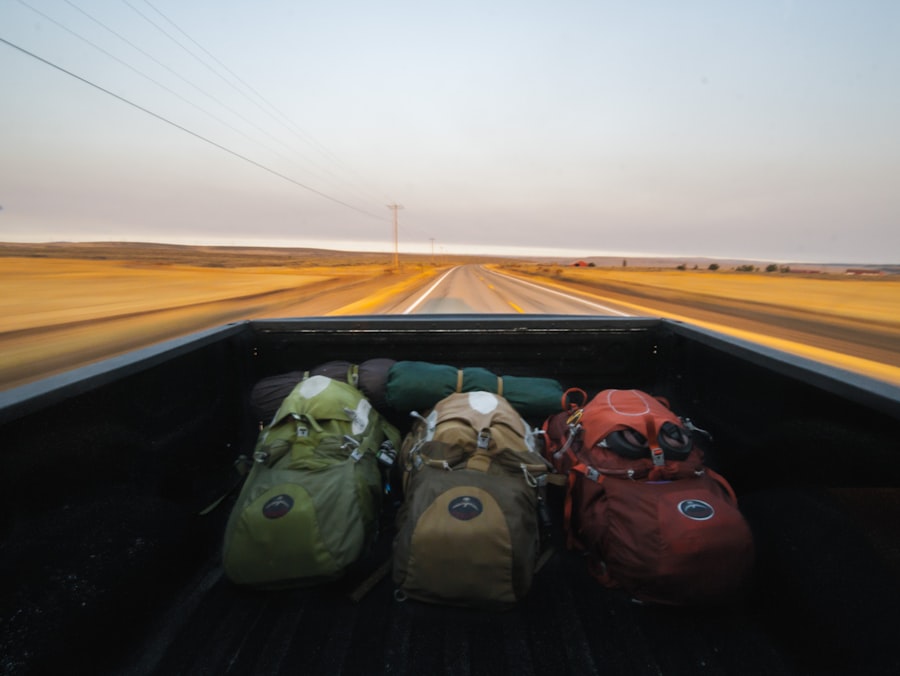
When hiking and camping in Lake Superior Provincial Park, it is important to take precautions to ensure your safety. Start by familiarizing yourself with the park’s rules and regulations, as well as any potential hazards or risks. Be aware of your surroundings at all times and stay on designated trails to avoid getting lost or encountering dangerous wildlife.
It is also important to be prepared for emergencies. Carry a first aid kit with you at all times and know how to use it. Familiarize yourself with basic first aid techniques such as treating cuts, sprains, and insect bites. It is also a good idea to carry a whistle or other signaling device in case you need to attract attention.
In case of an emergency, it is important to know what resources are available in the park. Familiarize yourself with the park’s emergency procedures and know how to contact park staff or emergency services if needed. It is also a good idea to let someone know about your trip plans and expected return date, so that they can alert authorities if you do not return on time.
Wildlife encounters to watch out for
Lake Superior Provincial Park is home to a variety of wildlife species, including black bears, moose, wolves, and bald eagles. While these animals are fascinating to observe, it is important to remember that they are wild and should be treated with caution and respect.
When hiking in the park, make noise to alert wildlife of your presence. This will help prevent surprise encounters and reduce the risk of dangerous situations. Keep a safe distance from wildlife and never approach or feed them. It is also important to store food and other scented items properly to avoid attracting animals to your campsite.
If you do encounter wildlife, remain calm and back away slowly. Do not run or turn your back on the animal, as this may trigger a chase response. Make yourself appear larger by raising your arms or opening your jacket. If the animal approaches you, make loud noises or throw objects in its direction to scare it away.
Camping options in the park
Lake Superior Provincial Park offers a variety of camping options for visitors. The park has several campgrounds that are equipped with amenities such as picnic tables, fire pits, and washrooms. These campgrounds are a great option for those who prefer a more comfortable camping experience.
For those who want to experience the wilderness more closely, backcountry camping is also available in the park. Backcountry campsites are located along the park’s trails and offer a more secluded and immersive experience. These campsites are equipped with basic amenities such as tent pads and pit toilets, but do not have running water or electricity.
Both campgrounds and backcountry campsites require reservations, especially during peak season. It is important to make reservations in advance to ensure availability. Fees may also apply for camping in the park, so make sure to check the park’s website for information on fees and how to make reservations.
Capturing the beauty of the ancient forests through photography
Lake Superior Provincial Park is a photographer’s paradise, with its stunning landscapes and diverse wildlife. If you are interested in capturing the beauty of the ancient forests through photography, there are a few tips that can help you take stunning photos.
First, make sure to bring the right equipment. A DSLR camera with a wide-angle lens is ideal for capturing the vastness of the landscapes. A tripod is also essential for keeping your camera steady and capturing sharp images, especially in low light conditions.
Lighting is key when it comes to photography. The best times to photograph the ancient forests are during the golden hours, which are the first hour after sunrise and the last hour before sunset. During these times, the light is soft and warm, creating a magical atmosphere.
Composition is also important in photography. Look for interesting foreground elements such as rocks or fallen trees to add depth and interest to your photos. Experiment with different angles and perspectives to create unique and compelling compositions.
Lastly, don’t forget to be patient and observant. Nature can be unpredictable, so be prepared to wait for the perfect moment or return to a location multiple times to capture the shot you envision. Take your time to explore and appreciate the beauty of the ancient forests before pressing the shutter button.
Reflecting on the experience and the importance of preserving natural spaces
After a backpacking trip in Lake Superior Provincial Park, it is hard not to be in awe of the beauty of the ancient forests and the importance of preserving natural spaces like this for future generations. The experience of immersing oneself in nature, away from the noise and distractions of everyday life, is truly transformative.
The ancient forests in Lake Superior Provincial Park are not only beautiful, but they also provide important ecological services. They help regulate the climate, purify the air and water, and provide habitat for a variety of plant and animal species. By preserving these forests, we ensure that these services continue to benefit both humans and the environment.
In addition to their ecological importance, natural spaces like Lake Superior Provincial Park also offer opportunities for recreation and relaxation. They provide a place for people to connect with nature, improve their physical and mental well-being, and learn about the natural world. By preserving these spaces, we ensure that future generations can enjoy and benefit from them as well.
In conclusion, Lake Superior Provincial Park is a treasure that should be cherished and protected. Its ancient forests are a testament to the beauty and resilience of nature. By visiting this park and experiencing its wonders firsthand, we can gain a deeper appreciation for the importance of preserving natural spaces for future generations. So pack your backpack, lace up your hiking boots, and embark on an adventure in Lake Superior Provincial Park. You won’t be disappointed.
If you’re planning a backpacking trip to Lake Superior Provincial Park, you might also be interested in learning about the health benefits of pumpkin. Check out this article to discover how to choose the healthiest pumpkin and incorporate it into your diet.



